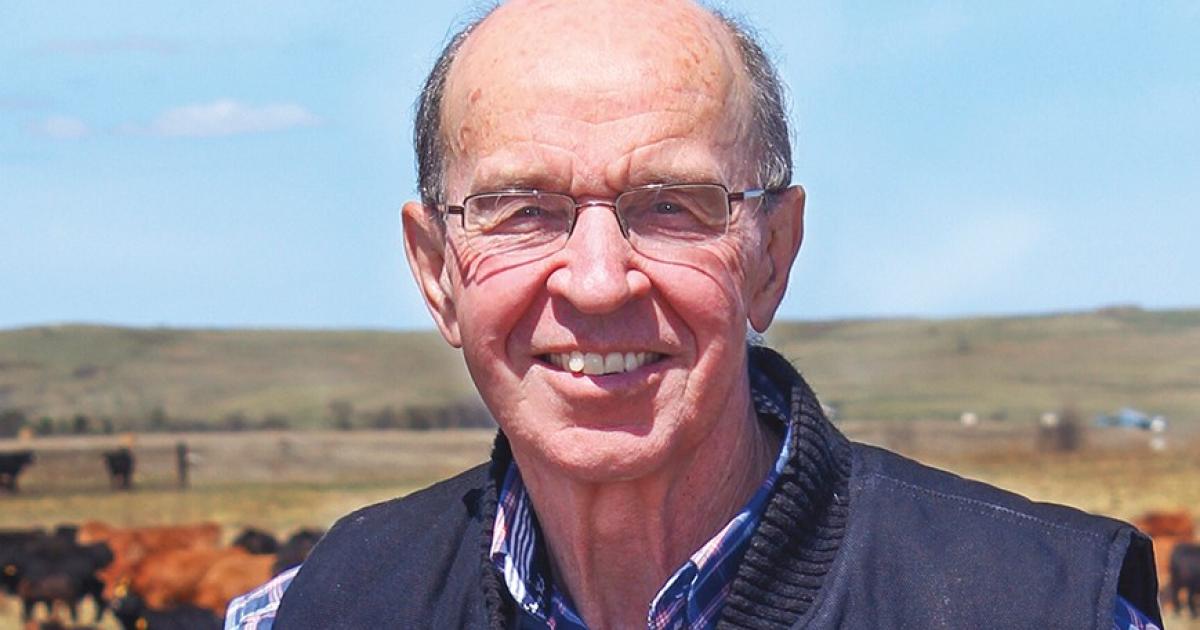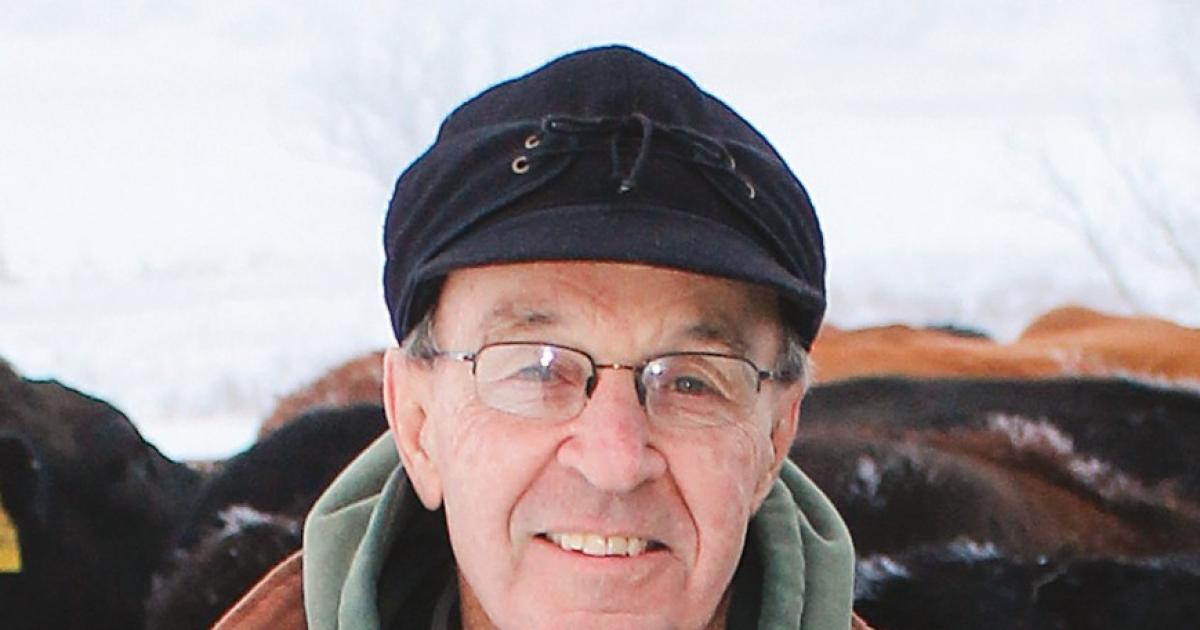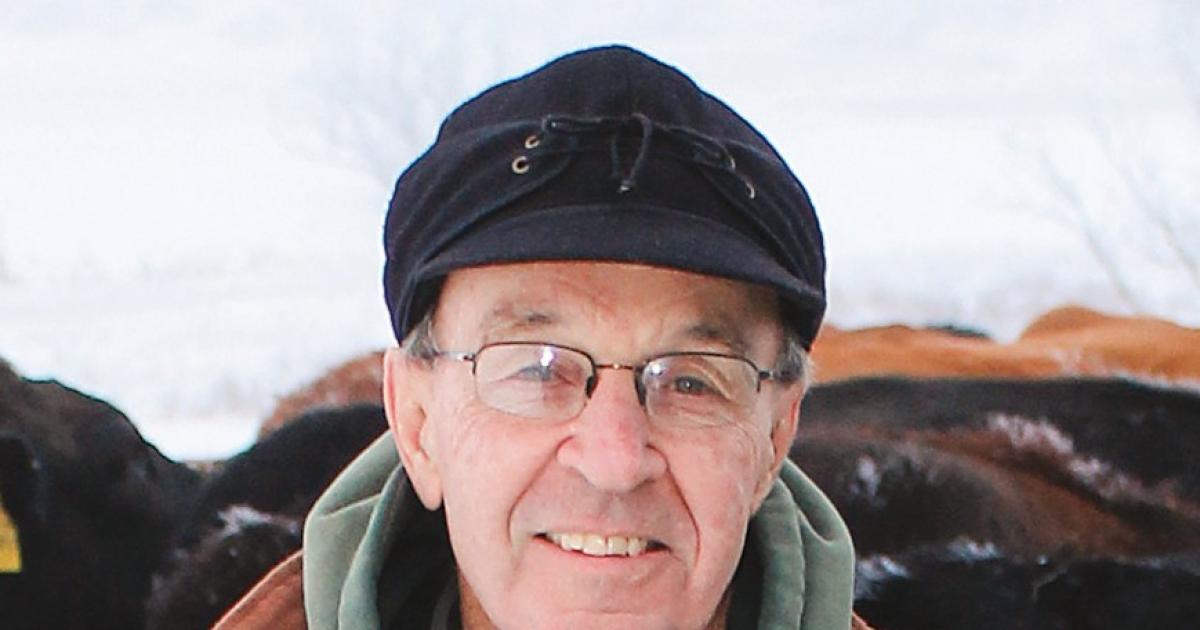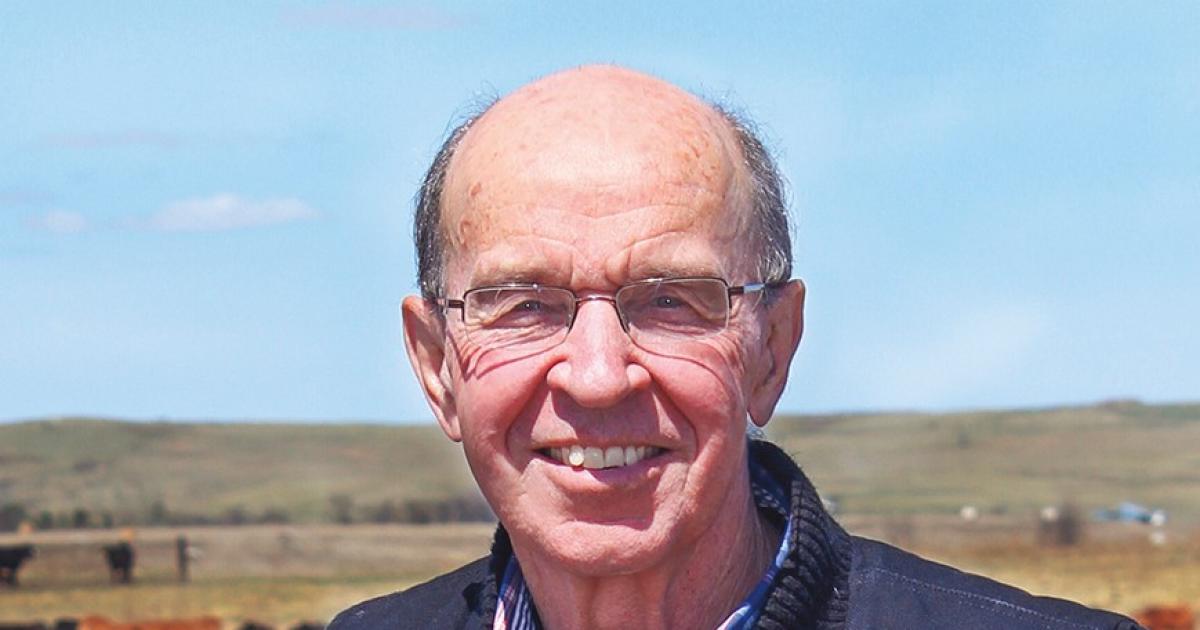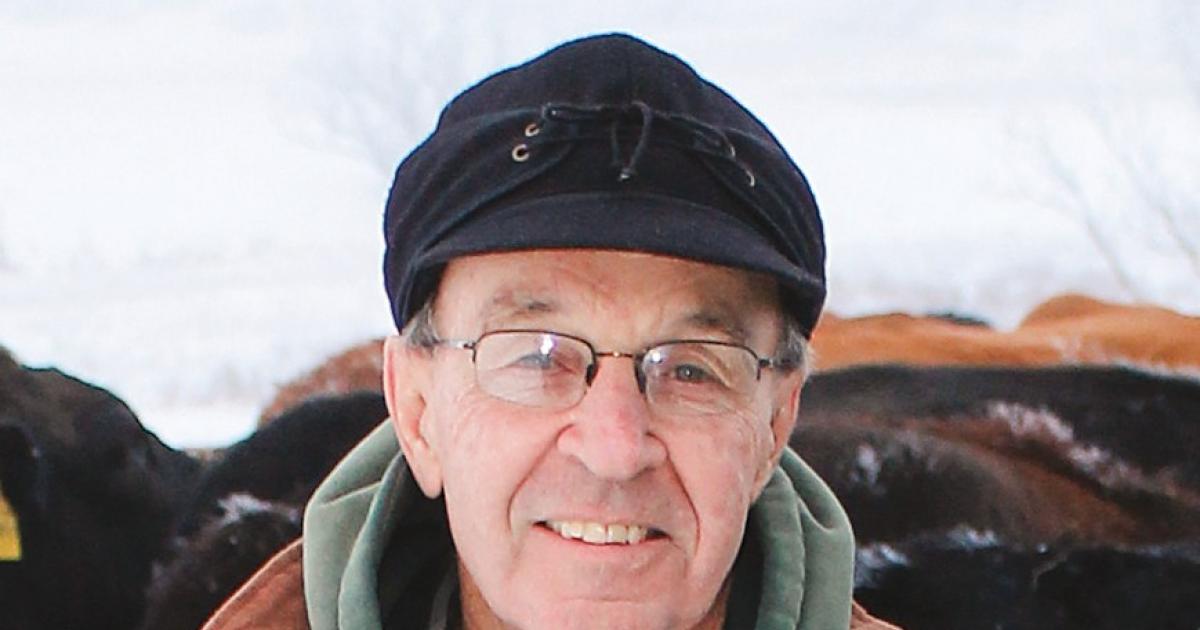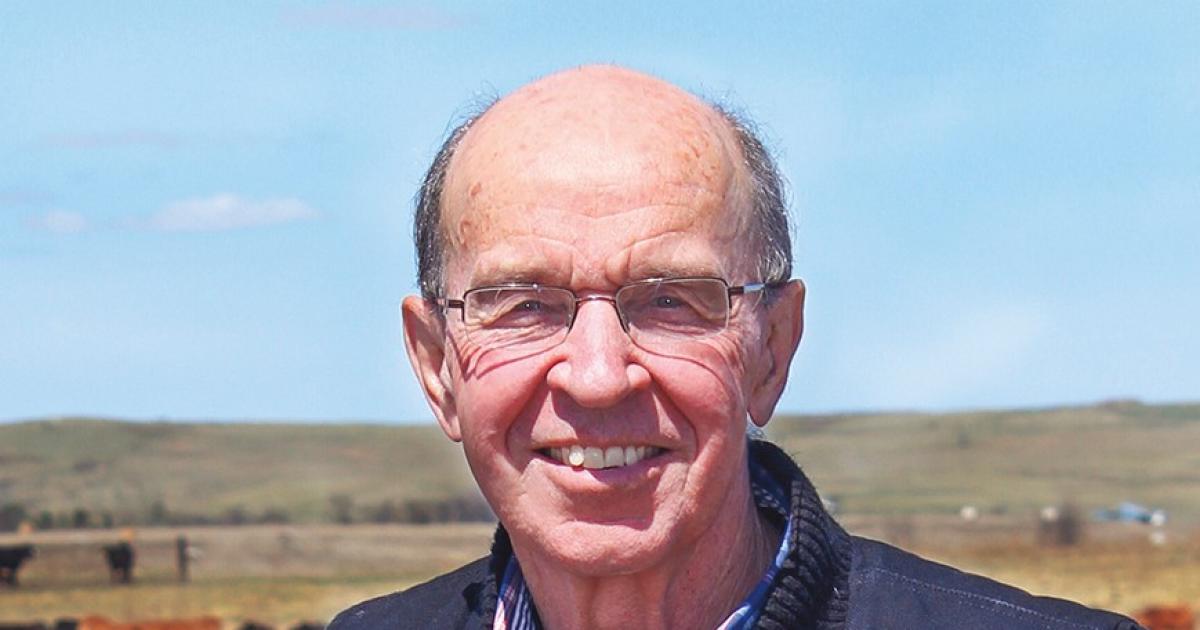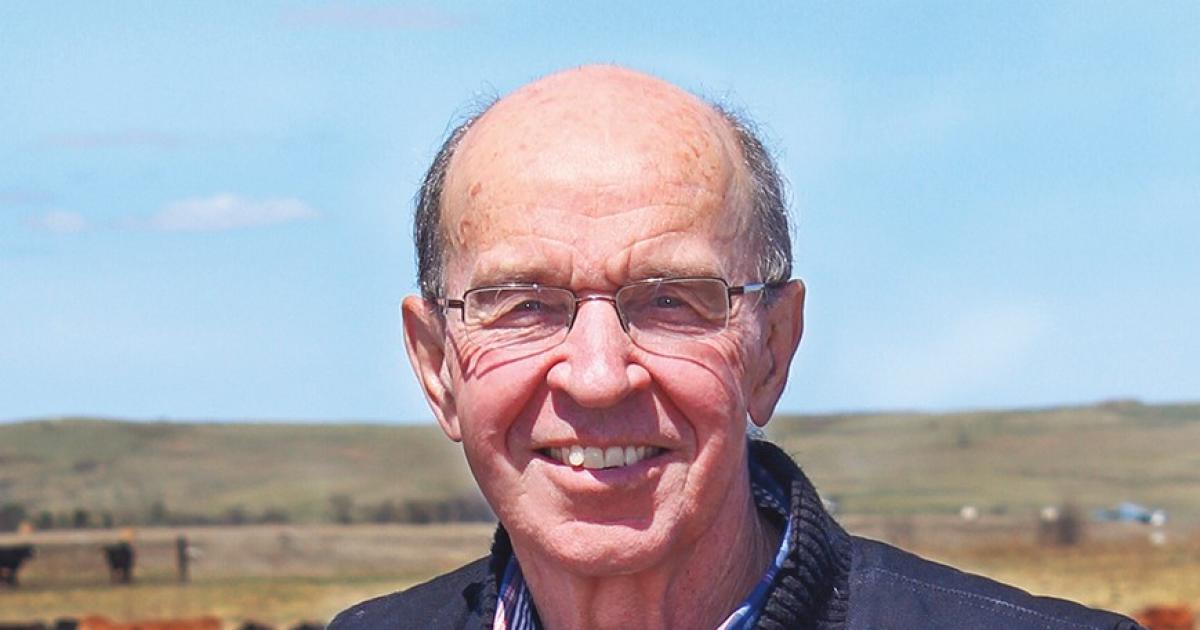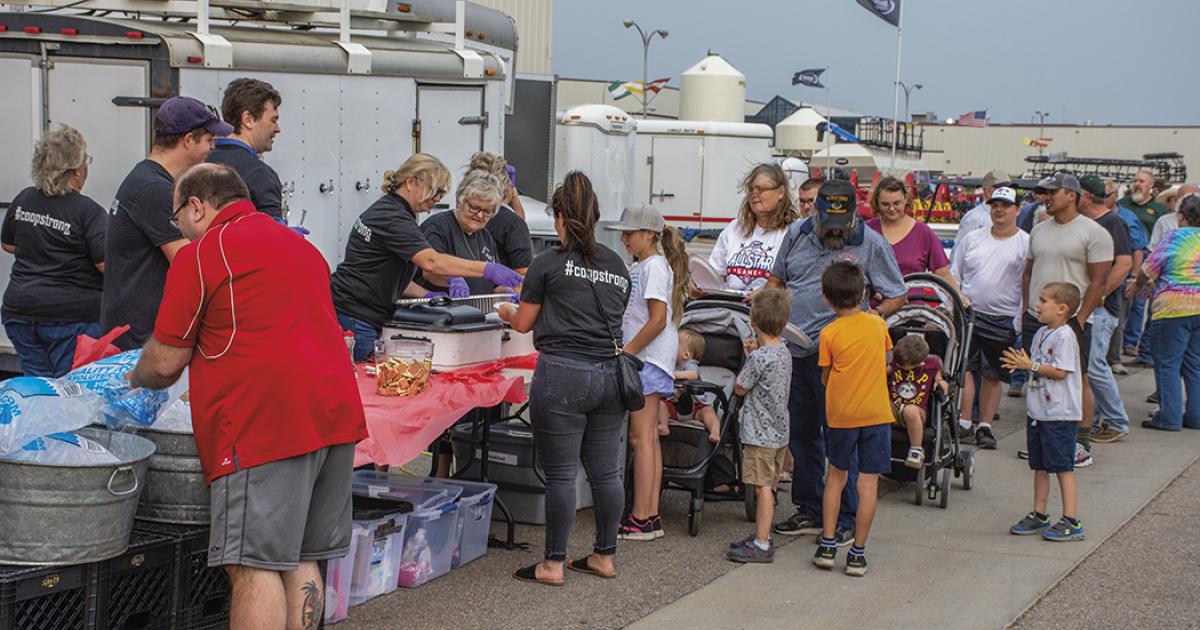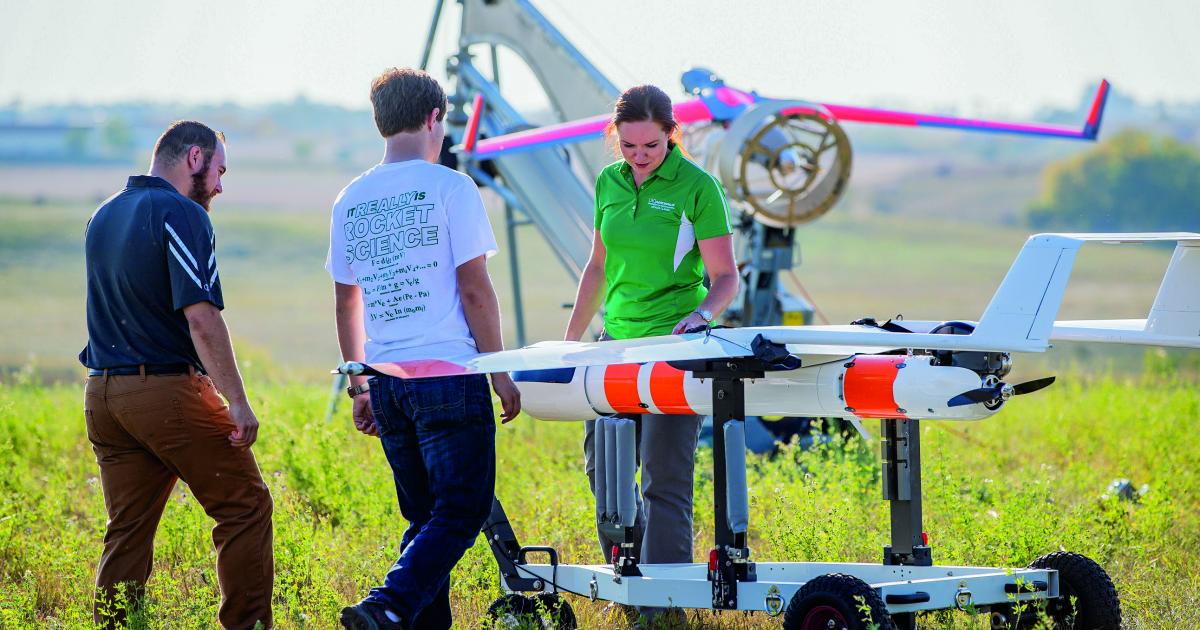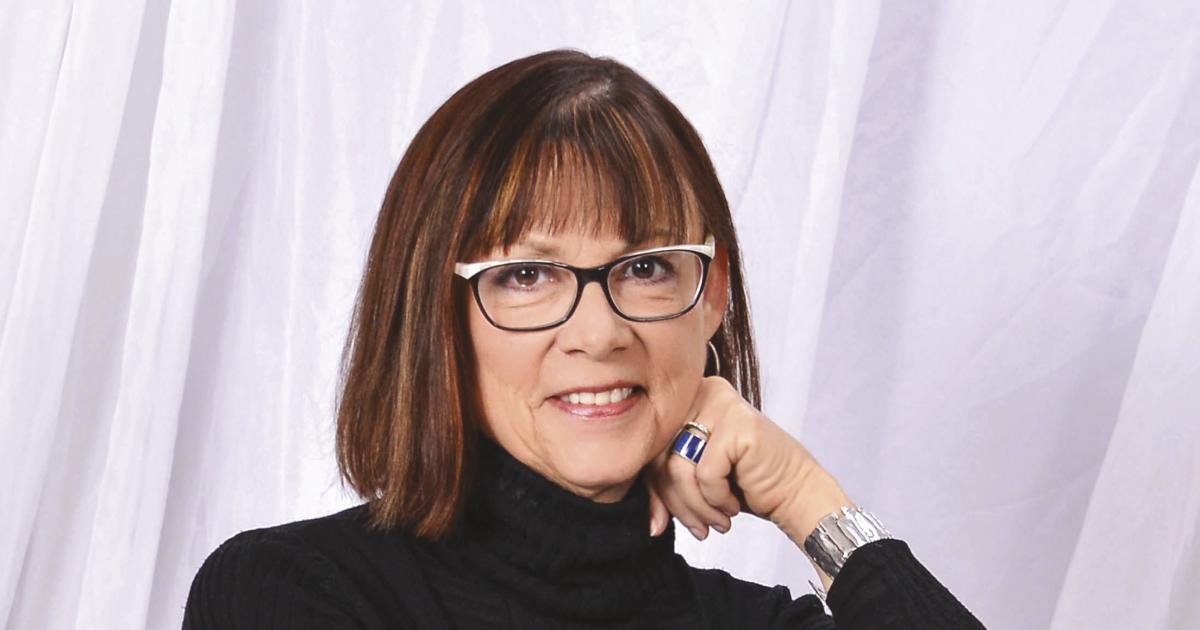Al Gustin
His comments reminded me of the competitive tension that exists between agricultural commodities. I thought about how an increase in the price of corn negatively impacts feeder calf prices, and about how margarine sales reduce the demand for butter, but increase the demand for soybean and sunflower oil. There are many examples. Crops compete for acres and for markets. Will it be chicken or beef for dinner? They are all agricultural commodities, produced by farmers and ranchers. But sometimes an increase in demand for one comes at the expense of another.
A newspaper account I found said steamboats passing through Bismarck in 1881 carried 1,800 head of horses and cattle and 600 sheep.
The Bismarck Tribune, on Sept. 1, 1882, reported, “The Coteaus are admirably fit for stock raising. Sheep do particularly well. The effect of the climate is to make fleeces heavier.”
In March of that same year, the Jamestown Weekly Alert reported, “A party of Philadelphia capitalists are contemplating sheep farming on a large scale in Dakota.”
Years ago, many small towns hosted feeder calf shows in the fall. They provided a chance for commercial and purebred cattlemen to show how their breeding programs were working.
Then there were bull shows in the winter – at Bismarck, Dickinson and Drake. Pens of yearling bulls were displayed, and the owner was given the opportunity to talk about his or her program.
General Mills has hired consultants who work directly with those producers. The consultants do comprehensive soil tests, document soil carbon levels and do insect inventories. Then they work with the farmers to build soil health through the use of cover crops, crop rotation and integrated crop-livestock systems.
A consultant told me, “General Mills realized that if they were to get a consistent supply of high-quality grain, they needed to make sure farms and ranches were profitable, and the quality part relates back to the health of the soil.”
One who thinks agriculture’s reliability should not be minimized is Neal Fisher, administrator of the N.D. Wheat Commission. Fisher cites statistics that crops and livestock, combined, have generated between $7 billion and $8.5 billion in all but two of the past 12 years. If you add crop insurance and government payments, Fisher says, the annual new wealth from those two agricultural sectors has been between $8 billion and $10 billion in all but two years since 2008.



